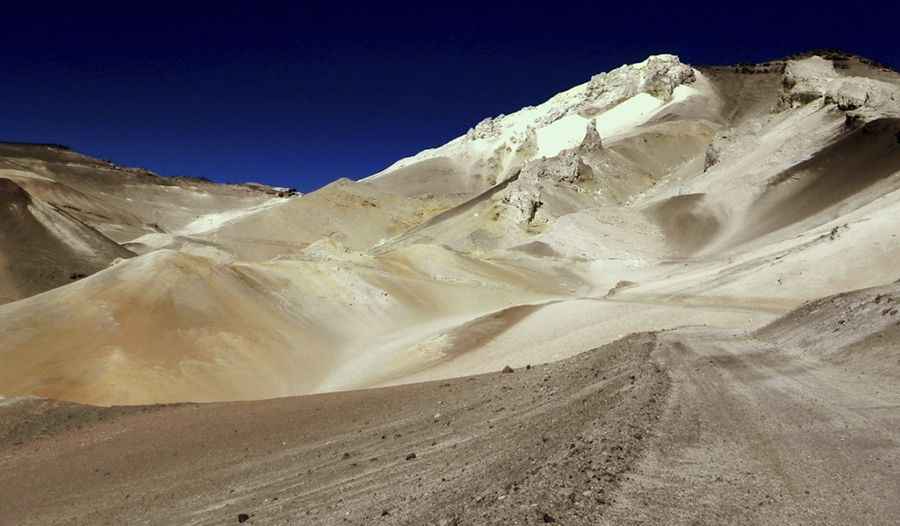Driving the road to Cerro Estrella in the Andes is not a piece of cake
Cerro Estrella is a high mountain peak at an elevation of 5,389m (17,680ft) above sea level, located on the Chilean-Argentinian border. It is one of the highest roads in the country.

Where is Cerro Estrella?
The peak, also known as Lastarria or Estrella, is located on the border between Salta Province (in northwestern Argentina) and Antofagasta (in northern Chile).
What’s at the Summit of Cerro Estrella?
The summit hosted a mine called Mina La Julia, also known as Mina La Casualidad. It is a now abandoned sulfur mine active from August 1953 until November 1979, when the Argentinian government decided that it was no longer profitable and closed it. The name Mina La Casualidad is used interchangeably to refer to both the abandoned town and the old sulfur mill "Mina Julia" that gave rise to it.
Is the Road to Cerro Estrella Unpaved?
The road to the summit is an old mining road. It is totally unpaved. A 4x4 vehicle is required. The road is steep, hitting a 13% maximum gradient through some of the ramps.
Is it Dangerous for the Heart Traveling to Cerro Estrella?
Travelers should be aware that this route presents serious health considerations. Due to the extreme elevation and challenging climb, individuals with pre-existing heart or respiratory issues are strongly advised against attempting this drive. The air thins considerably here, leading to a notable deficiency of oxygen that places stress on the body. Symptoms of acute mountain sickness—which can affect anyone—commonly begin to manifest above 2,500 meters. With the summit air containing roughly 40% less oxygen than is available at sea level, simple activities become more strenuous, and your heart rate will naturally elevate. Furthermore, this road's significant gradient, coupled with volatile weather conditions and remote location, contributes to its hazardous nature, demanding extreme caution.
Is the Road to Cerro Estrella Open in Winter?
Set high in the Andes mountain range, the road is totally impassable in winter (weather permitting). Be prepared for consistently powerful wind currents, especially when traversing the peak. This exposed location is known for being relentlessly battered by intense gusts throughout the year. Even during the warmer summer months, the area can surprise drivers with unexpected snow or sudden drops in temperature. Winter conditions here are characterized by severe, punishing cold. Given the high elevation, the possibility of the road being shut down without notice due to heavy snow is a perpetual risk. Additionally, the region is frequently engulfed by dense fog, creating hazardous conditions and dramatically reducing visibility for drivers.
Pic: rodolfo